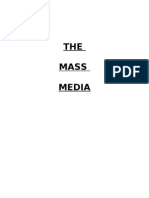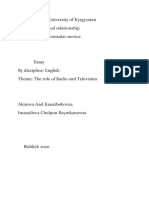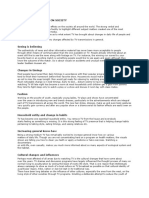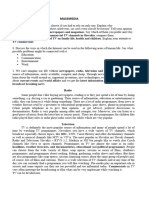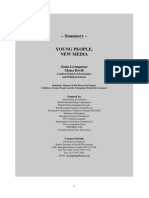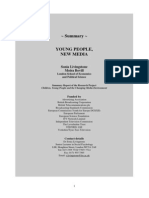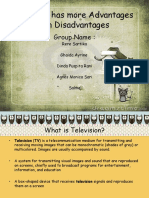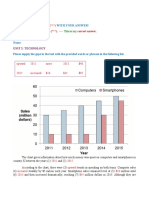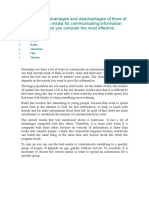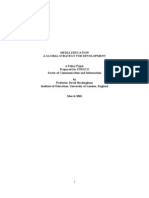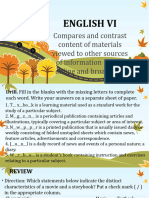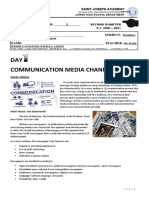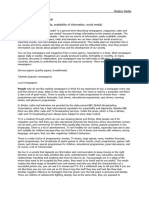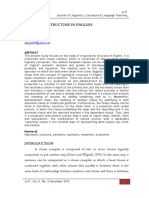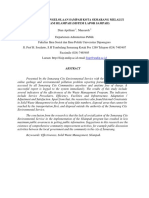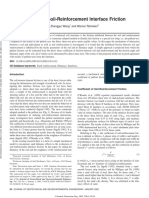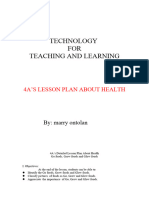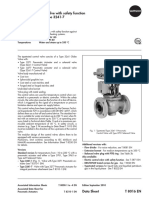The table shows the percentages of people in different categories who live in poorness in Australia in
1999
Overall, there are 11% about 1,837,000 people in Australia are living in misery in 1999. In different
household types, the percentage of sole parents is the highest among them. While the aged couple is
the lowest percentage among 5 types of households who lived in poverty.
In a comparison of the categories of people who lived in Australia in poorness during a year in 1999,
a single person with no child and the sole parent has a high and close percentage, respectively 19%
for about 359,00 people and 21% for about 232,000 people. In contrast, aged persons even single or
couples, and couples, without children have low and similar percentages under 10% respectively 6%
for 54,000 people, 4% for 48,000 people, and 7% for 211,000 people. However, couple with children
was in the middle percentage that receive 12% for about 933,000 people who lived under economic
standards in Australia in 1999.
�There are those who maintain that as media delivers some information, book, radio, and television
has different view on positive and negative function for each. In my opinion, television was the most
successful medium that could provide some information directly in audio and visual. This essay will
take a deeper look at these two opposing views on the three media before presenting my personal
opinion on this topic.
On the other hand, it is often argued that a book is so effective in telling information in more detail
and people could be repeated to read. However, it would take time for them to read the information
clearly. In contrast, the radio and television could provide information directly, so people would have
not to concentrate on reading to know the details. For example, when Garuda Indonesia just has an
incident in July, 60% of the passenger’s families knew the information directly by hearing it on the
radio dan by watching the TV they should not imagine how bad the incident going through.
In my opinion, I prefer to the television because some people are more comfortable absorbing
information by hearing and looking visually. It would decrease the misunderstanding between the
provider and the receiver of information. For instance, when a celebrity in Indonesia had a car
incident that took her life, people such as her family, friends, and all her fans could find out directly
and for sure believe the incident by hearing and look the characteristic features and the number of
police of her car that news was given on television.
In conclusion, books, radio, and television are media that people often use to know about
information. However, books only could give information visually, and the radio in audio. While, the
television could provide information on two sides, audio and visual.
